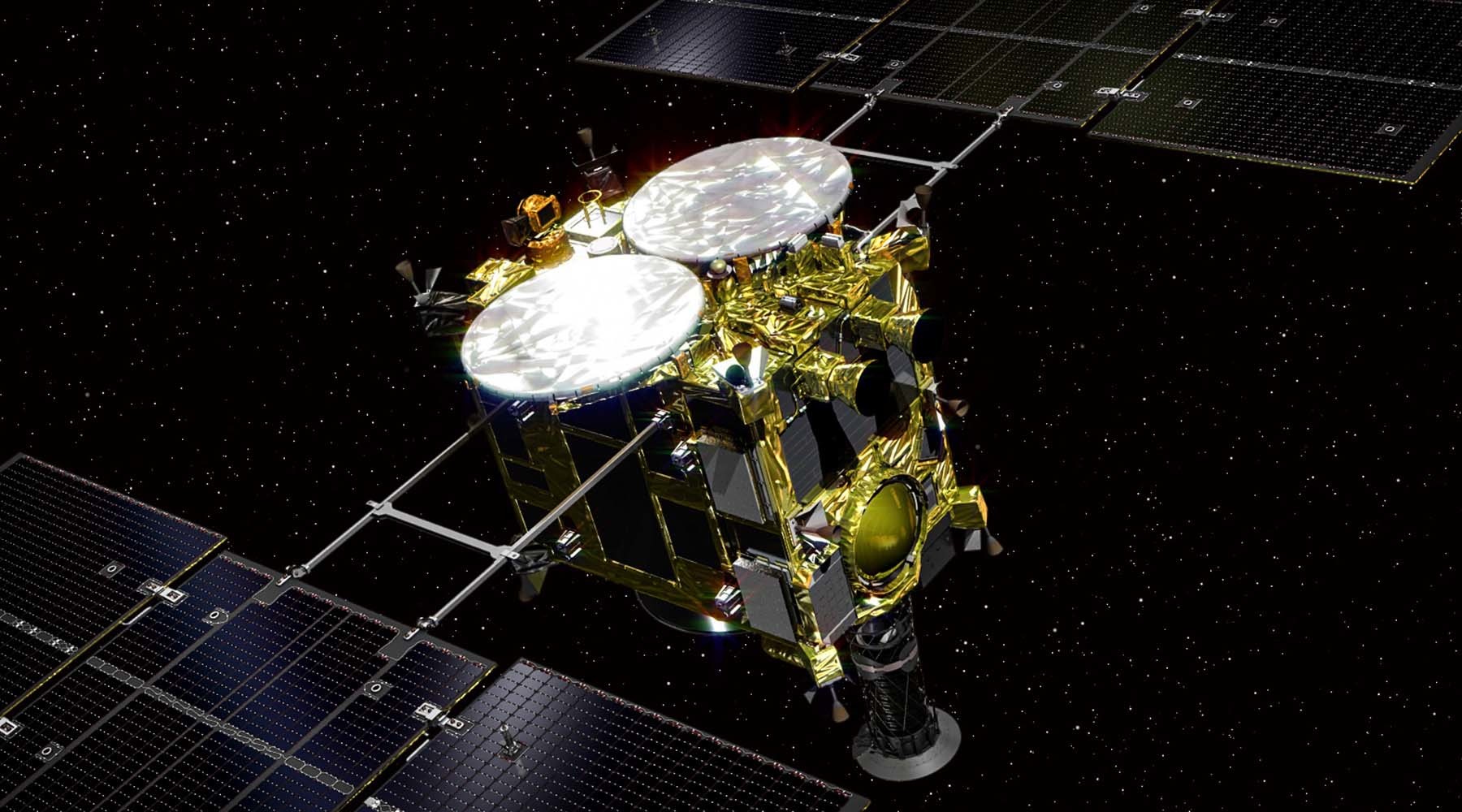All rush to Mars
Several missions will be launched in the coming year to the Red Planet. Around the middle of July, the start of the European-Russian program ExoMars-2020, designed to study the atmosphere and soil of Mars, is planned. In this project, Russia provides a launch vehicle, a descent vehicle and a landing module - the automatic Martian station “Kazachok”. According to domestic experts, all Russian equipment was prepared on time and is located in Europe, where the technological assembly is carried out.
No less ambitious plans for the study of Mars this year are preparing to implement at NASA. The next American Mars rover after Curiosity as part of the Mars 2020 mission will go to the planet in the middle of this year, and in 2021 it will begin collecting rock samples. The new Martian all-terrain vehicle will be assisted by a small helicopter drone.
This year's Chinese space program involves the descent to Mars of the Huoxing-1 landing module, also equipped with a small rover. The first Arab Martian mission is still a bit more modest: it involves the launch of a small artificial satellite from the UAE into the orbit of the Red Planet.
- The start of the Martian mission ExoMars-2020 is scheduled for mid-2020.
- © ThalesAleniaSpace
They come back
The first Chinese return unmanned expedition Chang'e-5 will leave from the cosmodrome on Hainan Island to the Moon at the end of the year. Celestial scientists plan to collect 2 kg of lunar rocks and return the apparatus with samples to Earth.
At the end of the year, the Hayabusa-2 probe is also expected to return with Ryugu asteroid rock samples, after studying which Japanese scientists plan to find answers to questions about the origin of the solar system and the origin of life on our planet.
NASA's OSIRIS-REx automatic interplanetary station will begin to take soil from the Bennu asteroid. Her return to Earth is expected no earlier than 2023.
- Hayabusa-2 Automatic Interplanetary Station
- © JAXA
Along the milky way
Joint Observatory of Russia and Germany “Spectrum-X-ray-Gamma” will make this year the most comprehensive review of the universe in the x-ray range. At the same time, the mission of the European space agency Gaia will update its 3D map of the Galaxy, which, according to scientists, will change the understanding of the structure and evolution of the Milky Way.
Gravitational-wave observatories LIGO and Virgo (two scientific groups from Russia participate in the LIGO project) have already recorded dozens of candidate events. In 2020, the results of studying previously obtained data and the registration of new bursts of gravitational waves are expected.
The first ever image of a supermassive black hole in the galaxy Messier 87 in the constellation Virgo was managed to be made by scientists from the Event Horizon Telescope (EHT) project. Now the same group of scientists expects to get an image of a black hole in the center of the Milky Way.
- Spectrum RG Observatory
- © Space Research Institute RAS
Particle Chase
The European Organization for Nuclear Research plans to solve the problem of financing a large-scale project to create a new 100-kilometer megacollider in Switzerland, which will be six times more powerful than the current Large Hadron Collider. The cost of the new particle accelerator is estimated at 21 billion euros.
In 2020, an international team of biologists will try to synthesize baker's yeast (Saccharomyces cerevisiae). Previously, researchers were able to recreate the genome of much simpler organisms - bacteria Mycoplasma mycoides. Biologists hope that the successful synthesis of yeast cells will provide access to effective methods for the production of many products - from biofuels to medicines.
- Yeast cells
- © Eye of Science / Science Photo Library
Virus control and transplantation
Hiromitsu Nakauchi, a doctor of biology from the University of Tokyo, plans to grow tissue from human cells in mouse and rat embryos this year, and then transplant these embryos to surrogate animals to receive organs for transplantation to humans.
Similar studies are carried out absolutely legally - Nakauchi and his colleagues waited for the introduction in Japan of a law allowing such experiments. It entered into force in March 2019. Moreover, this year the application of the same team of scientists to conduct an experiment using pork embryos will be considered.
Indonesian experts have announced the transition to the final stage of the fight against the spread of dengue fever. Researchers have released into the wild mosquitoes carrying Wolbachia bacteria that inhibit the reproduction of the viruses carried by these insects - Chikungunya, Dengue and Zika. As shown by the results of similar, but less large-scale experiments conducted in different tropical countries, Wolbachia should then successfully spread in the mosquito population, which will ultimately lead to a decrease in cases of infection with these fevers.
No less promising is the vaccine against malaria, which should be tested on the island of Bioko in Equatorial Guinea. Also in 2020, the World Health Organization hopes to declare victory over sleeping sickness (African trypanosomiasis), which is spread by tsetse flies.
- Mosquitoes become infected with bacteria that inhibit the reproduction of the viruses they carry.
- AFP
- © Apu Gomes
Minimize losses
This year, scientists hope to synthesize yttrium superhydride - a material that can conduct electricity without resistance at temperatures up to 53 ° C, and this will not require a pressure of millions of atmospheres. The lack of resistance will minimize power loss on power lines, which today causes multimillion-dollar losses. Also, a superconducting wire will produce magnetic fields of incredible power.
This year, a real boom in the solar market is expected. Perovskites will be used in the new type of panels: they are cheaper and easier to manufacture than the silicon crystals currently in use. The most effective are the "tandem" batteries, in the cells of which perovxites are used together with silicon.

